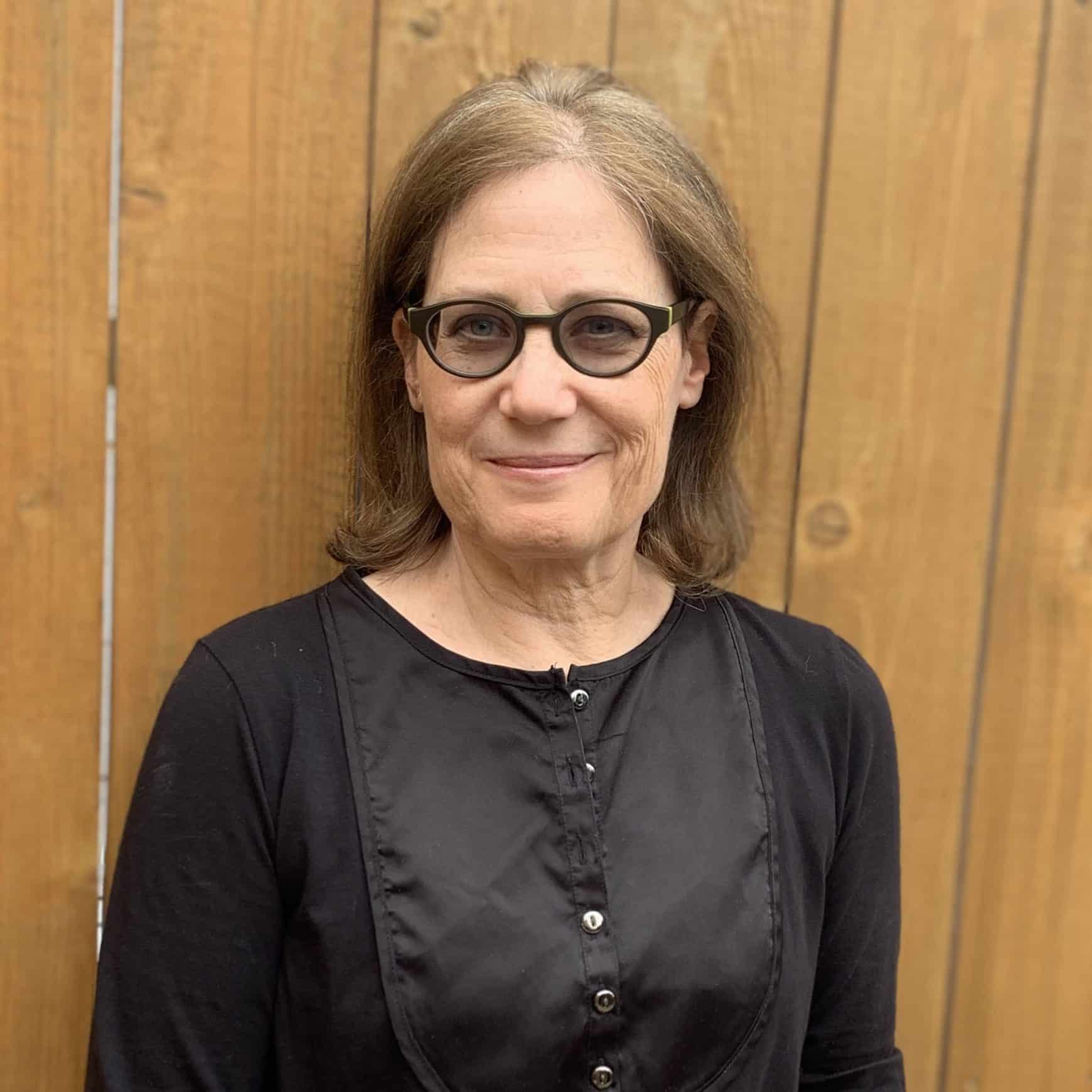Above photo: The Cinco de Mayo happy hour cart makes its way around Artis Senior Living. Photo courtesy of Artis Senior Living
The coronavirus pandemic has hit senior residential communities particularly hard. Older adults are at a higher risk for serious complications and death from COVID-19, and the virus spreads easily in close quarters. While senior communities have been locking down, they’ve also been looking for ways to keep residents engaged to counter the isolation.
As COVID-19 has spread in some Illinois long-term care communities, senior living communities have restricted visits from outsiders, canceled group activities, shut down dining rooms and instituted wellness checks for employees and caregivers. And as so many interactions go off limits, communities are finding creative ways to safely engage residents during the lockdown.
Stepping up programs
Artis Senior Living in Chicago significantly stepped up its infection prevention protocols since COVID-19 became a reality, says Katie Fagan, director of the Artis Way Experience. “We have changed a lot of the ways that we do our day-to-day routine here to disinfect the community and try to keep everybody safer,” Fagan says. One of the first steps Artis took was to hire an infection control company for hyper-focused weekly cleanings and disinfection of common areas and residents’ apartments.
At Brookdale Lake Shore Drive, an independent and assisted living community on Chicago’s North Side (disclaimer: the writer’s mother lives in the community), staff members serve as floor captains to handle some daily tasks that residents normally do for themselves so residents can stay physically distant in their apartments, explains executive director Erika Keegan, in a written response to questions. These services include daily meal delivery, apartment cleaning, trash removal, light maintenance, technology and communication assistance, resident engagement, wellbeing checks, and grocery and package delivery.
“We provided these floor captains with extra training for the areas that were not their regular jobs,” Keegan says. “By doing this, we were able to limit the number of associates each resident would come into contact with, thereby reducing the risk of exposure.”
Bringing activities to residents
While physical distancing and safety is a priority, senior living communities also focus on keeping older adults engaged, intellectually stimulated and physically active. This has been a challenge during the coronavirus shutdown, requiring employees to develop safe activities to bring to residents, whether those activities are held online or through physically distant groups.
At Brookdale, staff members bring puzzles and art activities to residents’ apartments. Online activities range from yoga and other movement classes to music and religious services. At Artis, the happy hour cart makes the rounds every afternoon with themed cocktails, non-alcoholic beverages, appetizers and snacks.
The staff at Villa St. Benedict, a senior community in Lisle, has implemented hallway bingo and sing-alongs, with residents standing in front of their doorways up and down the hall at safe, physically distant intervals, but close enough to sing together and hear one another.
Assisting with video calls
Because the marketing department can’t currently give tours to prospective residents, marketing staff members are helping to keep residents connected, says Phyllis Kramer, Villa St. Benedict director of sales and marketing.
Interacting with family members is particularly important, but virtual interactions can be difficult for residents to handle on their own, as some may not have a cell phone or be able to manage a FaceTime or Zoom call.
At Villa St. Benedict, families sign up for a time slot online, and residents go to a designated area for video calls. “When they get there, their family is already on the video, and they can see them,” Kramer explains. Staff members clean the area between calls, and the residents don’t need to wait in line. If the resident is not able to come down alone, a certified nurse associate will bring him or her down.
The virtual interaction is important to stave off isolation and maintain connections, says Benjamin Ticho, a Chicago-area physician whose parents are in a senior memory care community in the northern suburbs. But it can be frustrating to set up video calls, he says, because his parents no longer use a cell phone.
“They can’t easily manage the phone on their own,” Ticho says. “We have to get it coordinated with staff, and it’s a lot of extra work for staff.”
Ticho feels that his parents’ community has done a good job managing the extra needs, considering how much staff members are dealing with during the pandemic. Still, he misses seeing them in person.
“My dad asks, ‘When are you guys coming to visit?’ I haven’t seen them since March,” Ticho says.
Indeed, from infection control and wellness checks to room service and online activities, staff members at Chicago’s senior communities have enormous challenges. They need to manage these tasks and keep their residents safe, despite frequently changing circumstances, new government guidelines, and the wide range of residents’ physical and cognitive challenges.
Yet, as much as the coronavirus has held people physically apart, it has also pulled people together. “I truly feel a new connection with our residents and associates,” Keegan says. “I have such admiration for them and for the strength and compassion everyone has shown.”

Ronit Rose is a freelance writer, based in Chicago. She has a special interest in health, healthcare and preventive medicine.










